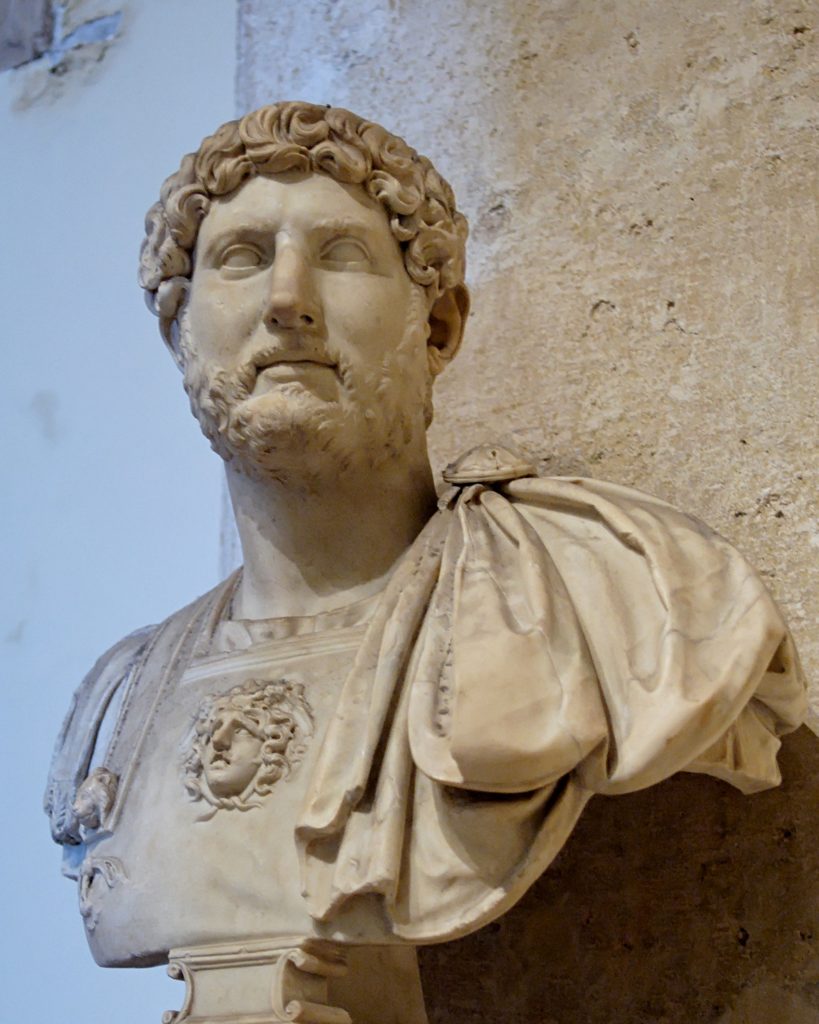The Greek word used for “kill” here means to put “to death by violence,” and directly implies murder. (The First Four Seals, pg. 24).
Strong’s G4969: sphazo, “… to slay, slaughter, butcher … to put to death by violence … mortally wounded.”
Joseph Thayer, A Greek-English Lexicon of the New Testament, p. 609.
Now because the same symbolism of a horse and a rider is used with this seal as with the first seal, traditionally, it was believed that this seal is related to the first in both time and meaning (The First Four Seals, pg, 24).
“In the fulfillment of these figures there would naturally be a relation of the first four symbols historically, with the possibility of some overlapping in the fulfillment. Remember then, the design of the book is that the first four symbols in each group are interrelated.”
Fred Miller, Revelation: A Panorama, Ch. 3, “The Opening of the Seven Seals.”
For the Scriptural interpretation of the colors and symbols of the first four seals, as traditionally understood by the church, there is no better source than Albert Barnes, who employs minute detail in his explanation of each symbol, in Notes on the New Testament … : Revelation, pp. 132-158.
